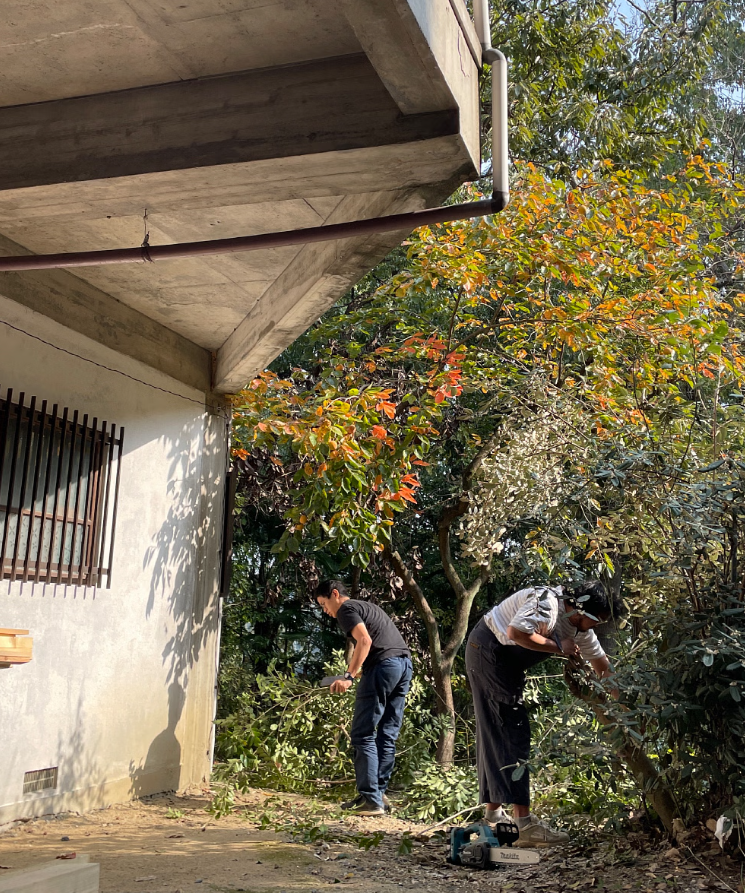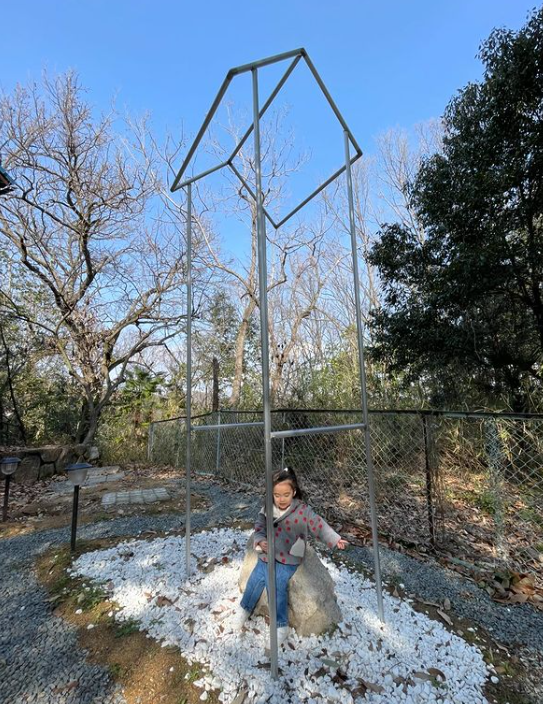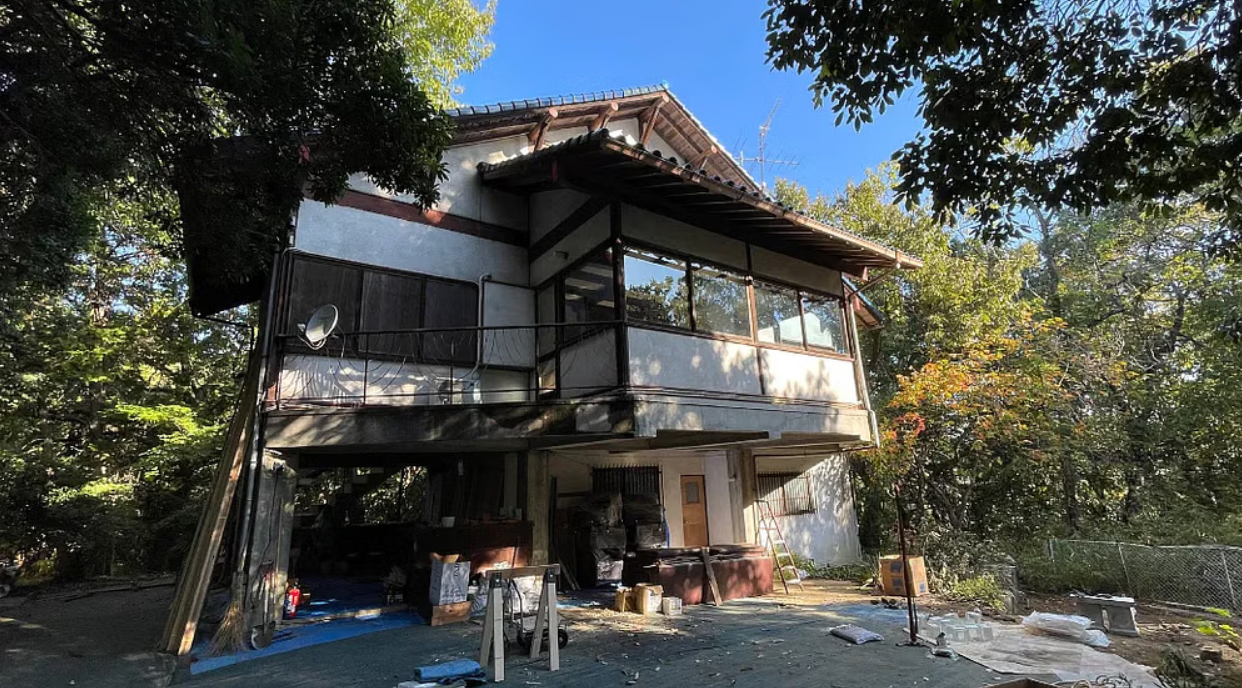For many creatives feeling constrained by space and resources, a dream retreat now exists in the idyllic outskirts of Okayama, Japan. Sean Gwee, an architect and artist, and his wife Ashley Hong, a freelance TV producer, have transformed a Metabolist-style holiday home into “Isle of Dreams,” a sanctuary for creative exploration and relaxation.
Seven months ago, in June 2023, the couple, along with their two-year-old daughter, purchased this three-storey house, nestled within 21,000 sq ft of verdant forest. Rather than keeping it as a private retreat, they opened their doors to friends, acquaintances, and strangers alike, offering a space to fuel creative ambitions without cost or expectations.

A Unique Vision for Creative Freedom
The Isle of Dreams is not just an artist residency but a haven for anyone seeking respite and inspiration. “We see Isle of Dreams as a space where people can feel the safety and freedom needed to daydream a little bit,” explains Sean Gwee. The initiative, which began welcoming guests in September 2023, invites individuals to stay for about two weeks, engaging in creative pursuits without the pressure of producing finished works.
The concept for Isle of Dreams had been brewing since 2018, inspired by their involvement in renovating a friend’s house in Okayama and a conversation about the lack of space for dreaming. This vision materialized during the pandemic, which provided the time and headspace to invest in the project.
Choosing Okayama was a strategic decision. The location offers a perfect blend of seclusion and convenience—just a 20-minute drive from the Okayama train station and near essential amenities. The area’s strong DIY culture also ensures access to necessary materials for creative projects, a stark contrast to the constraints faced in Singapore.

Building a Community of Dreamers
Isle of Dreams operates on a simple yet profound principle: to provide a safe, nurturing environment for creative exploration. “It’s not about building grand visions—the stakes here are lower—but it’s really important, healing, and just enjoyable to be able to manifest some of your creative ideas and aspirations,” says Gwee.
Guests are selected through a process of engagement, ensuring compatibility and mutual respect for the space. Past guests have included artists like Kin Leonn, who explored gardening, and Anna Dutoit, who painted a mural. The collaborative nature of these projects adds to the organic development of the house, making it a collective dream project.
While there is no obligation for guests to contribute to the house’s development, many find joy in leaving their mark, whether through art, gardening, or other creative endeavors. This informal, community-driven approach fosters a sense of belonging and shared purpose.

Ashley Hong reflects on the necessity of stepping outside one’s familiar environment to break free from societal pressures. In Singapore, where efficiency and success are paramount, pursuing creative whims can be challenging. In Okayama, the vast grounds of Isle of Dreams offer a liberating space for experimentation and play.
Ultimately, Isle of Dreams is about more than just a physical space—it’s about creating a mindset and environment where creativity can flourish without boundaries. As Gwee puts it, “We have some resources and are happy to share what we have… Ultimately it is about creating, maintaining, and developing a safe space not just for people living within the space then, but also for others who come in the future.”
To read more startup stories visit- thesingaporepress

